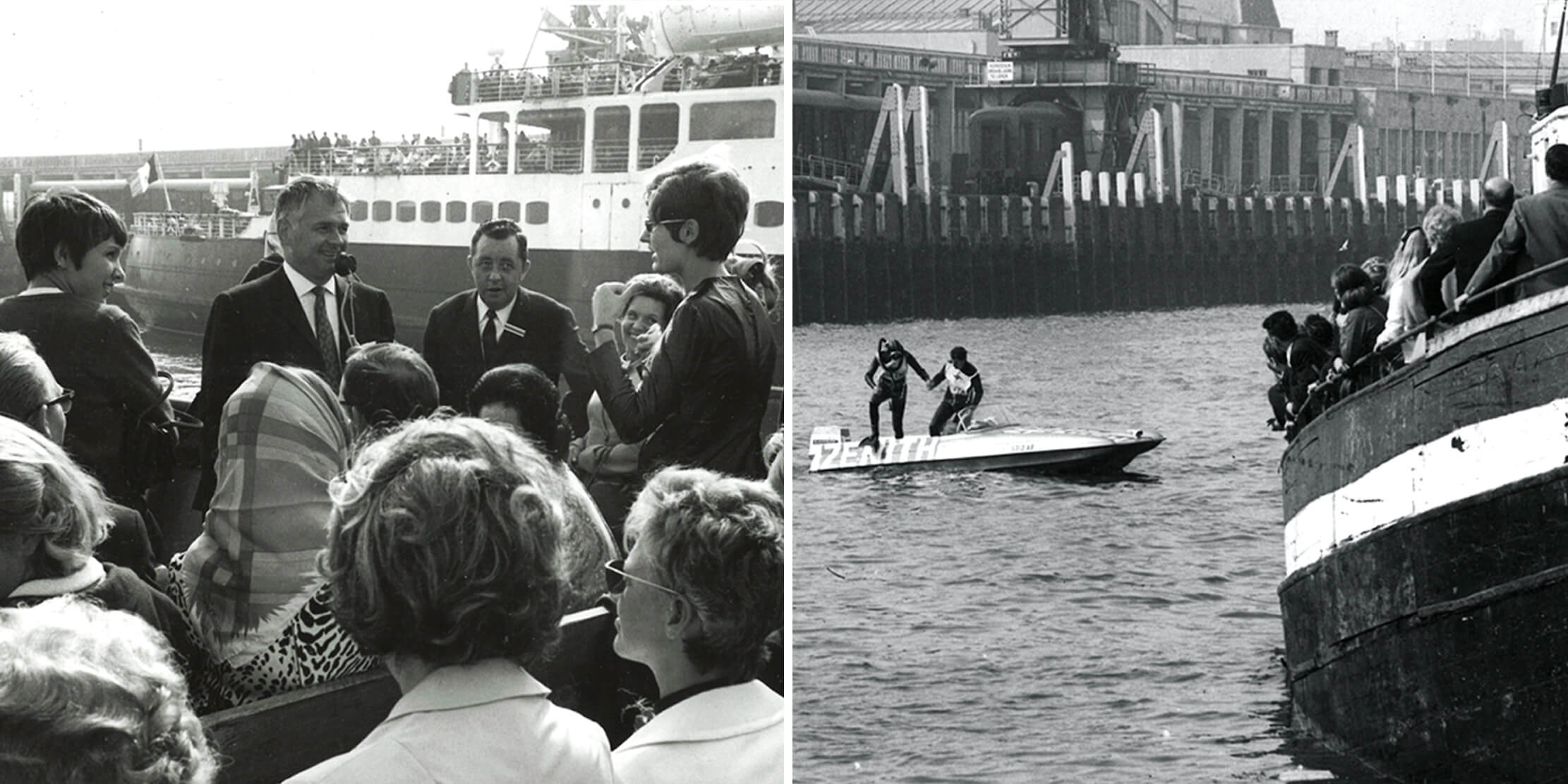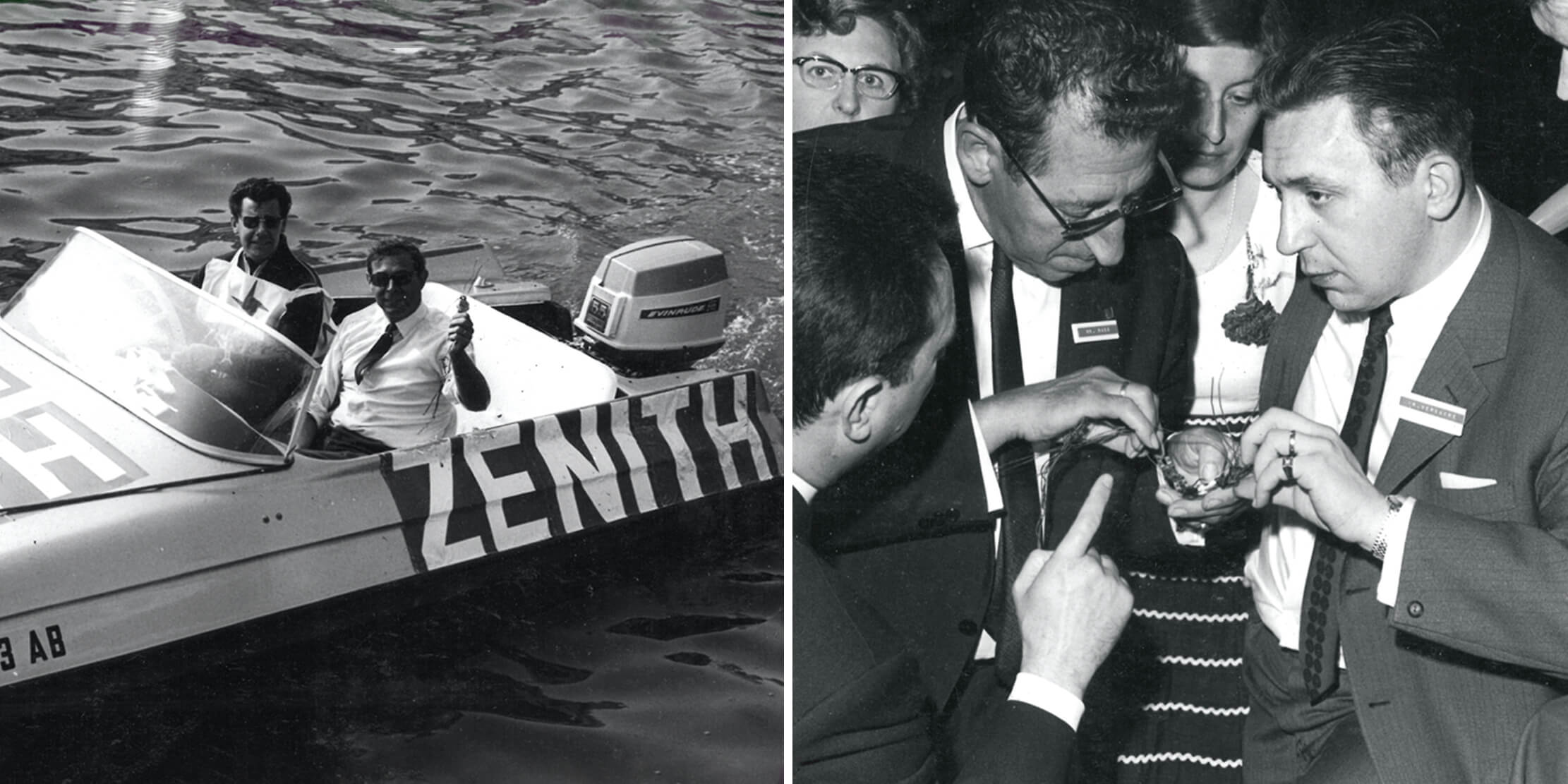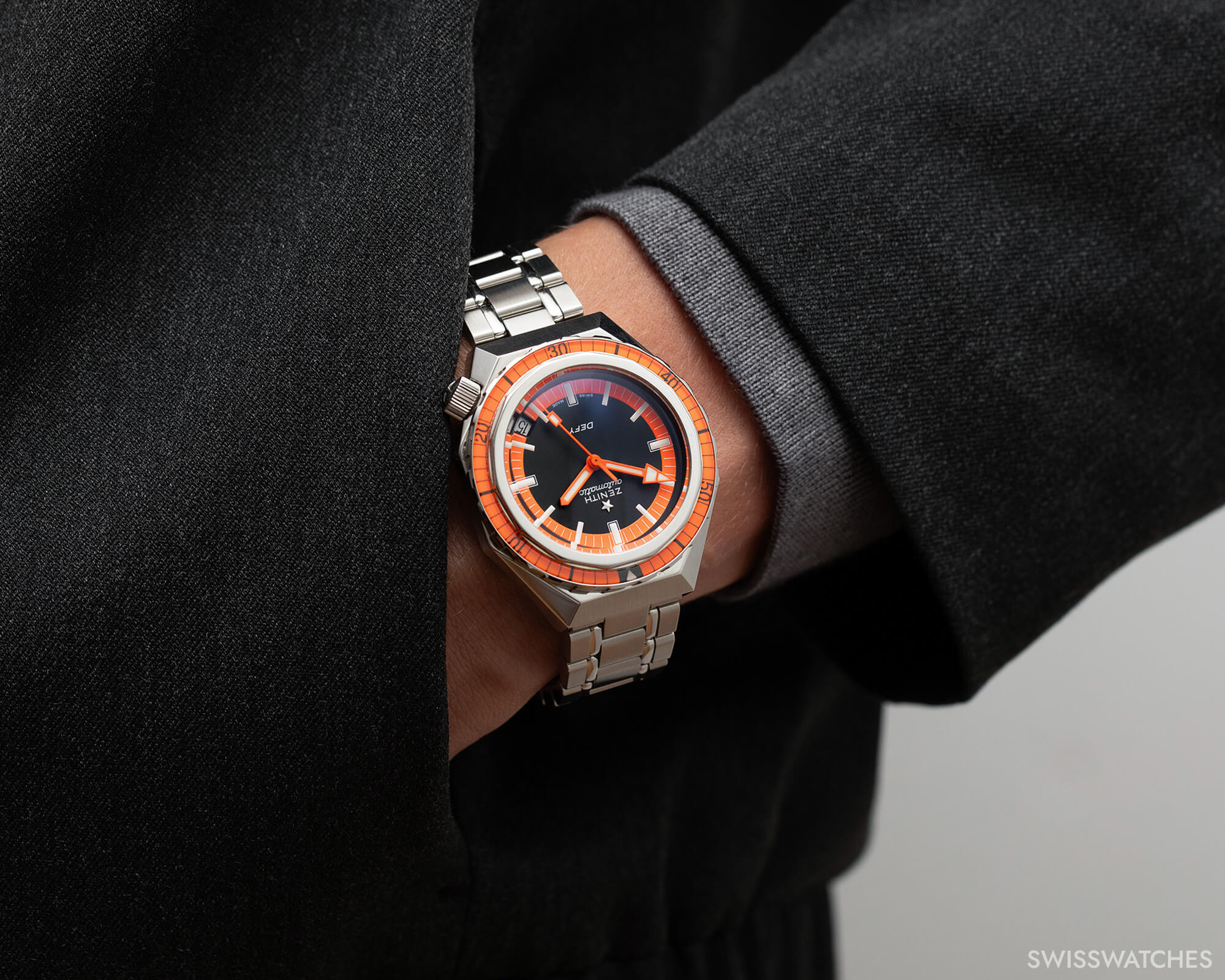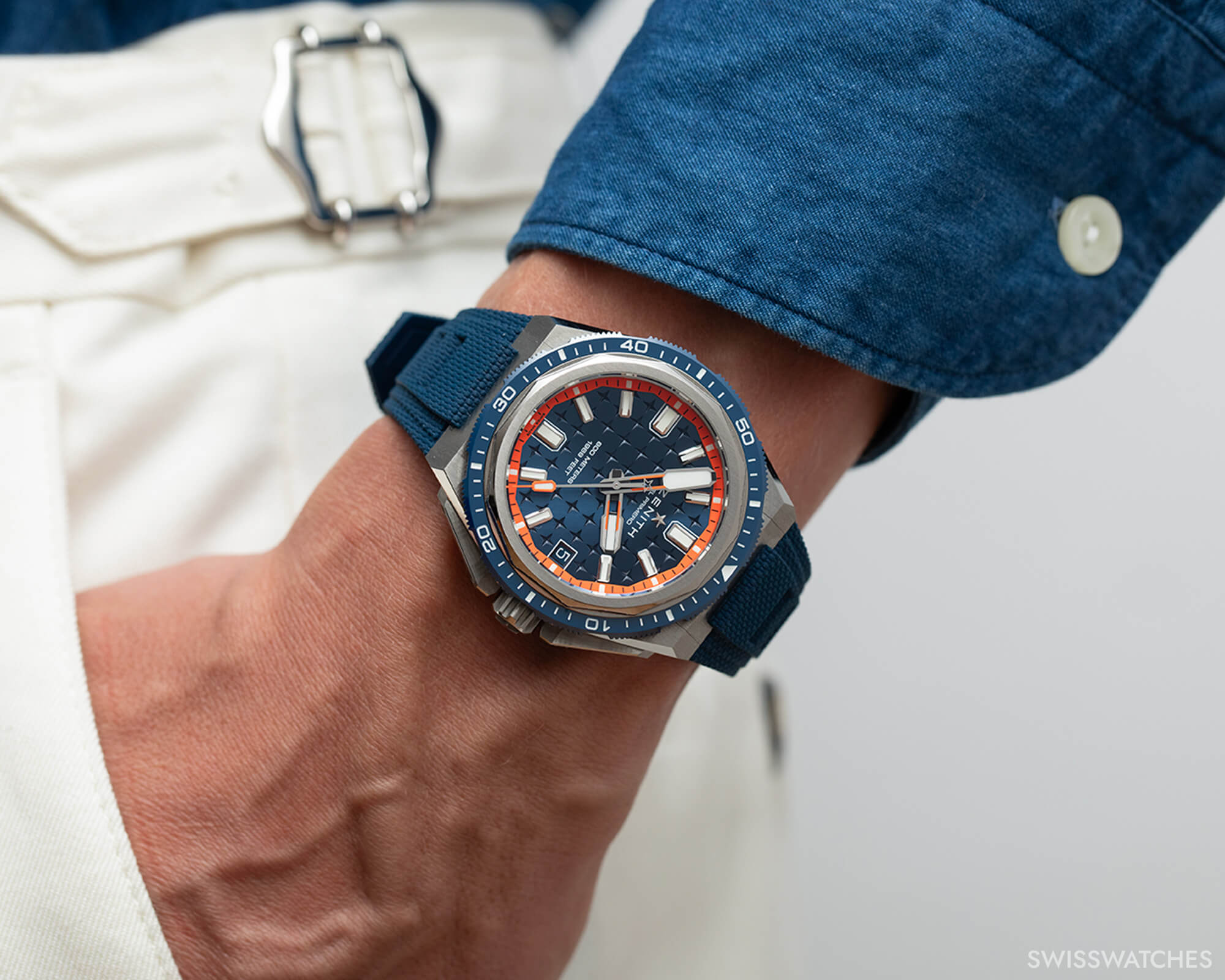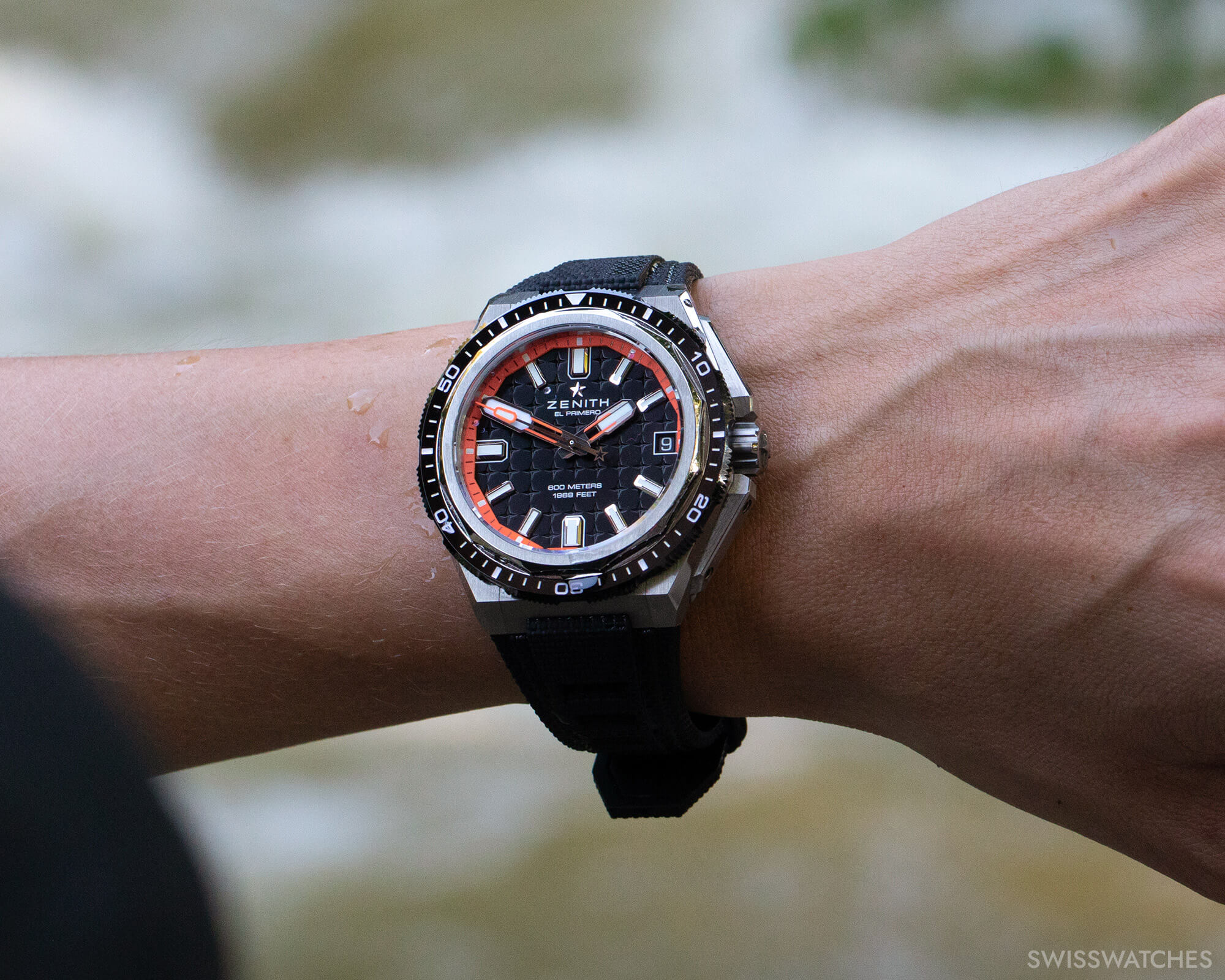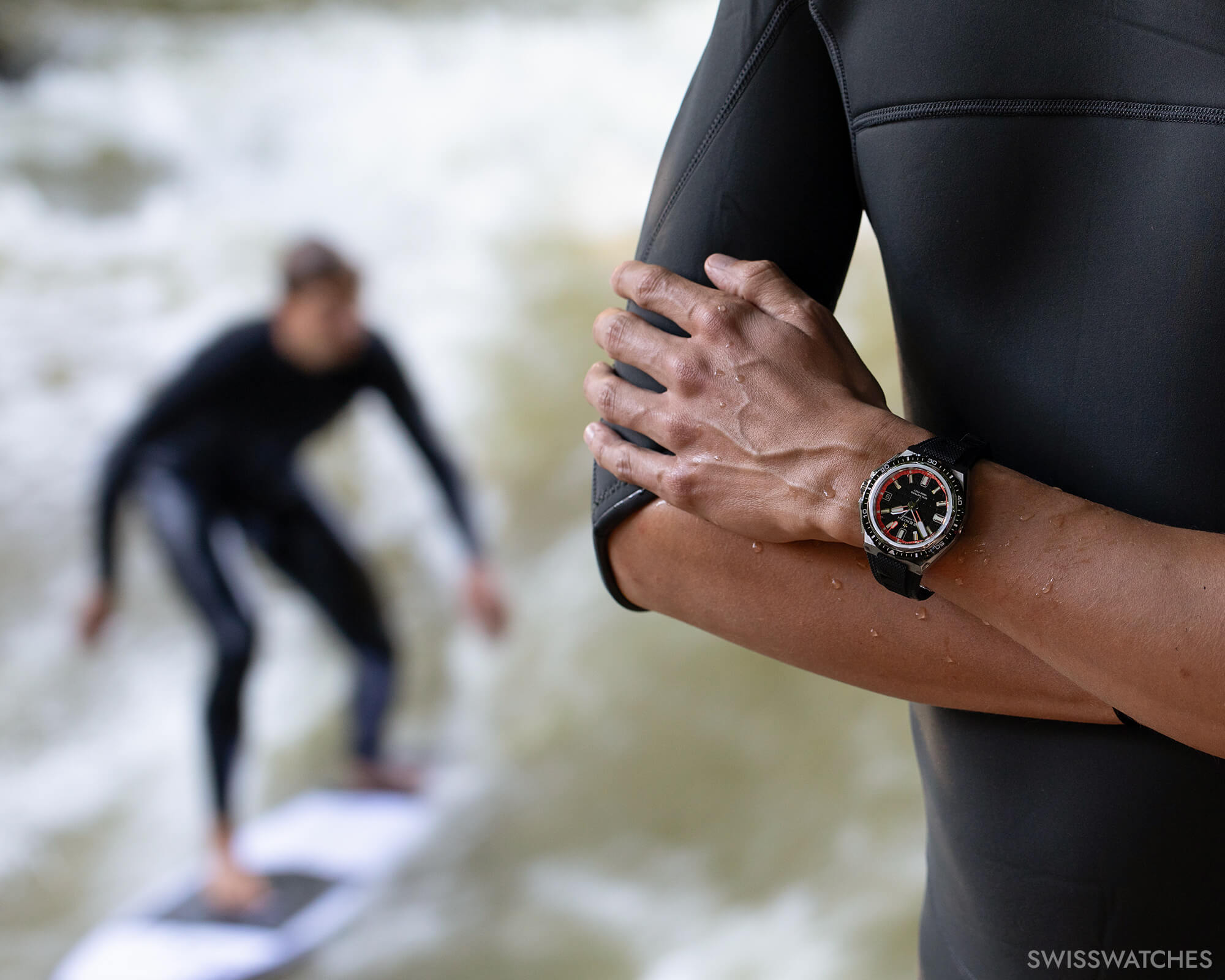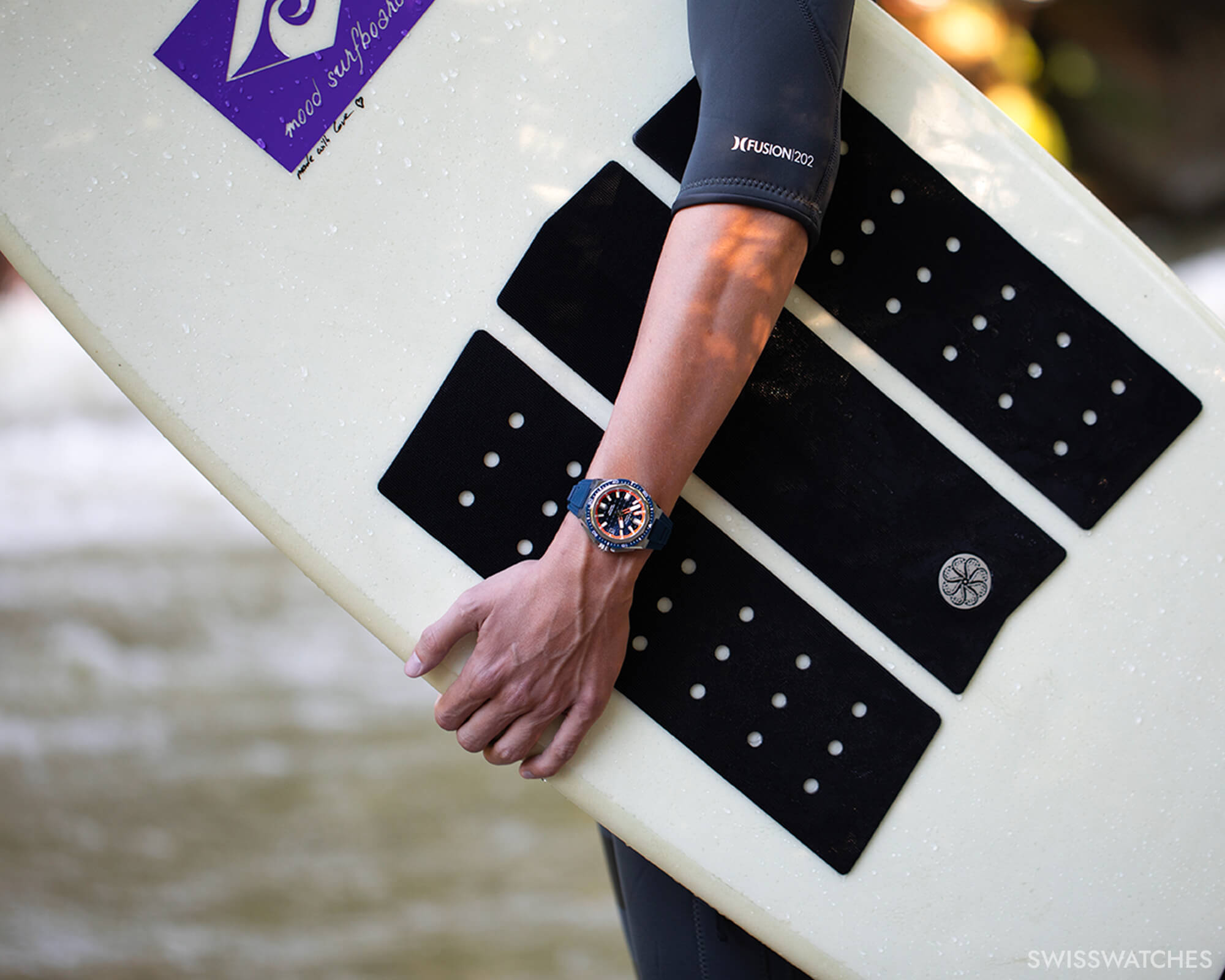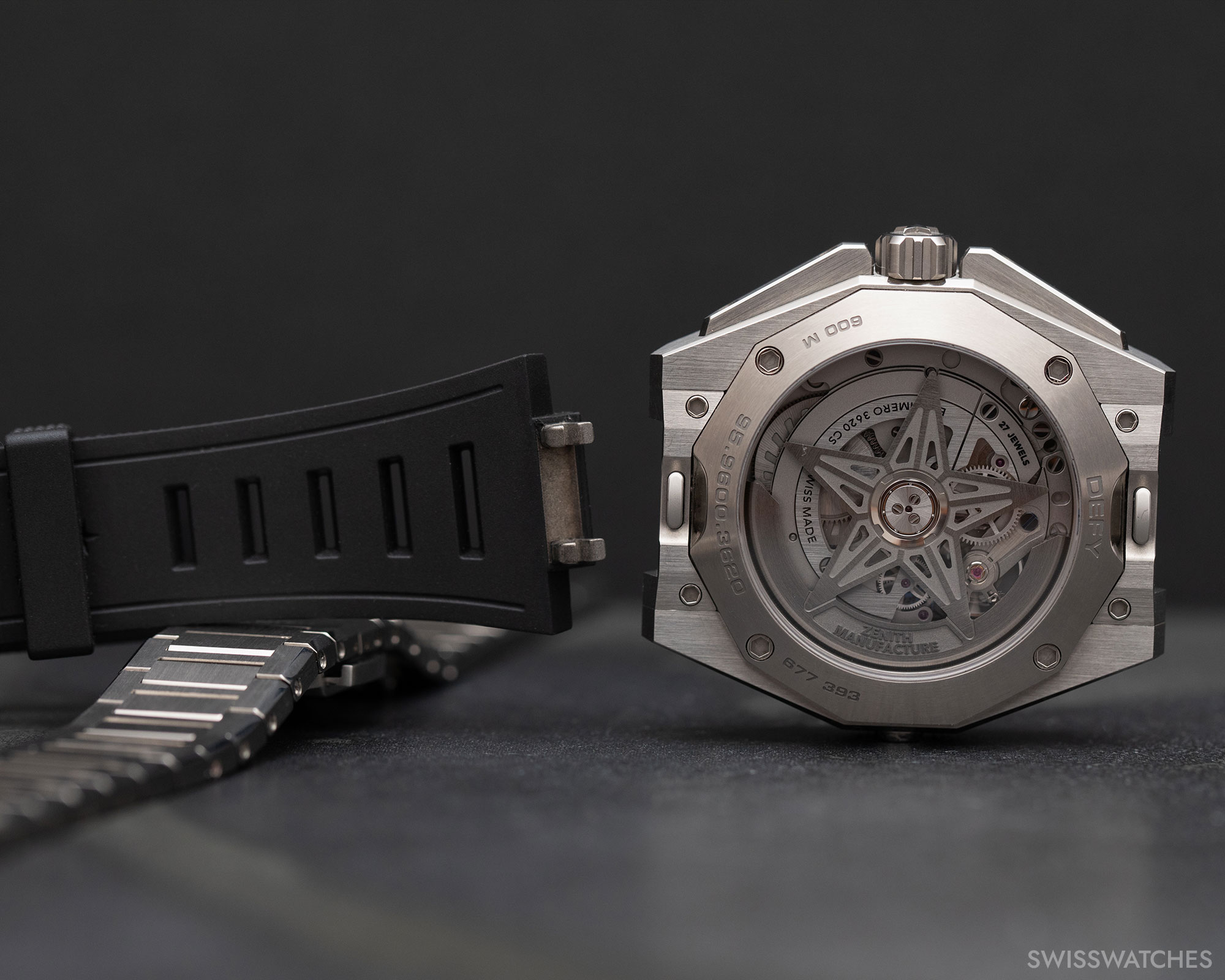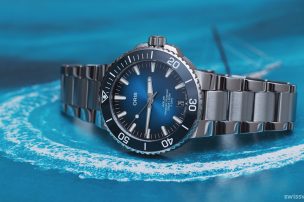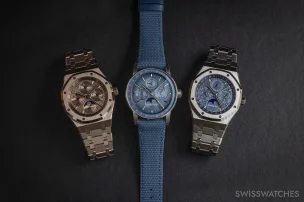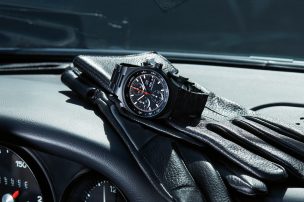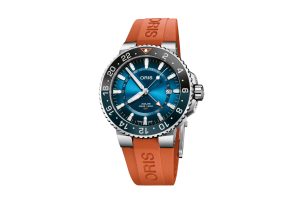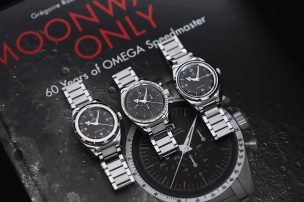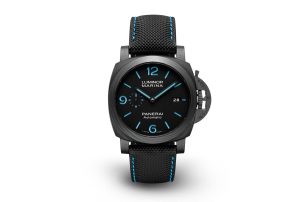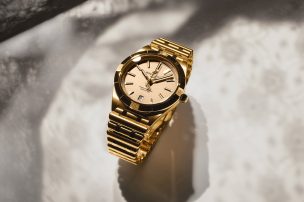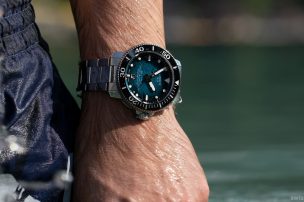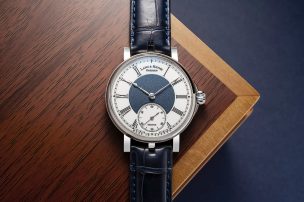
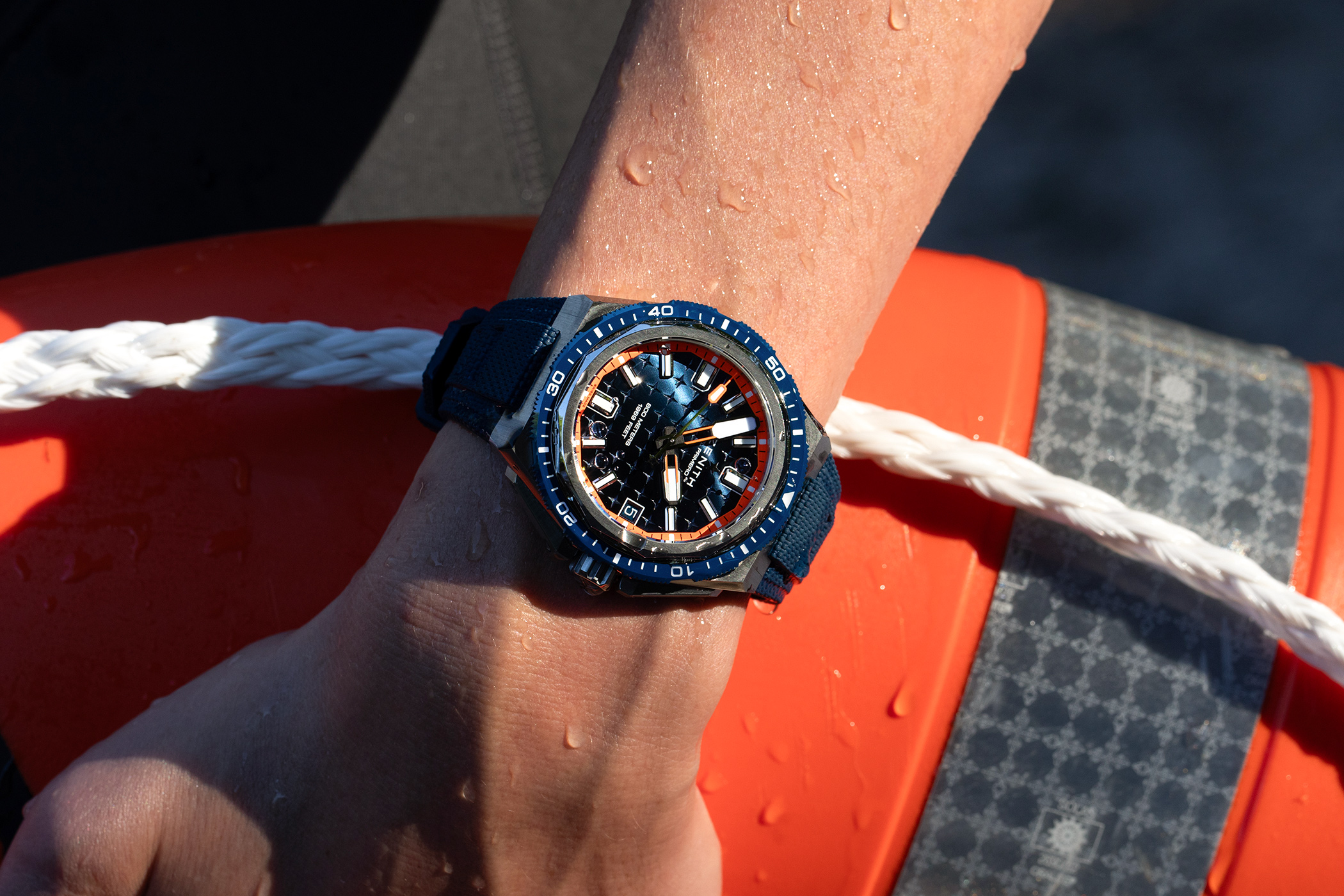
Defying All Odds – The Story of the Defy Diving Watches from Zenith
When Zenith presented a diver’s watch at Watches & Wonders in April this year, my first assumption was that the brand wanted to expand its range, which is quite logical. After all, diver’s watches – at least their mostly strikingly masculine design elements – have been in demand amongst watch enthusiasts for decades, fuelled not least by the diver’s watch models from Rolex and Tudor (Submariner), Omega (Seamaster) and Blancpain (Fifty Fathoms). But then I saw that, in addition to the new Defy Diver Extreme, Zenith was also presenting a re-edition of its first diver’s watch. I became suspicious. A historic diver’s watch from Zenith? Sure enough, Zenith launched various diving watches from 1969 onwards that were water-resistant from 300 to even 1,000 metres. Reason enough to get to the bottom of the matter and ask Laurence Bodenmann, Heritage Director of Zenith, who shares some insights about Zenith that you very likely won’t be aware of.
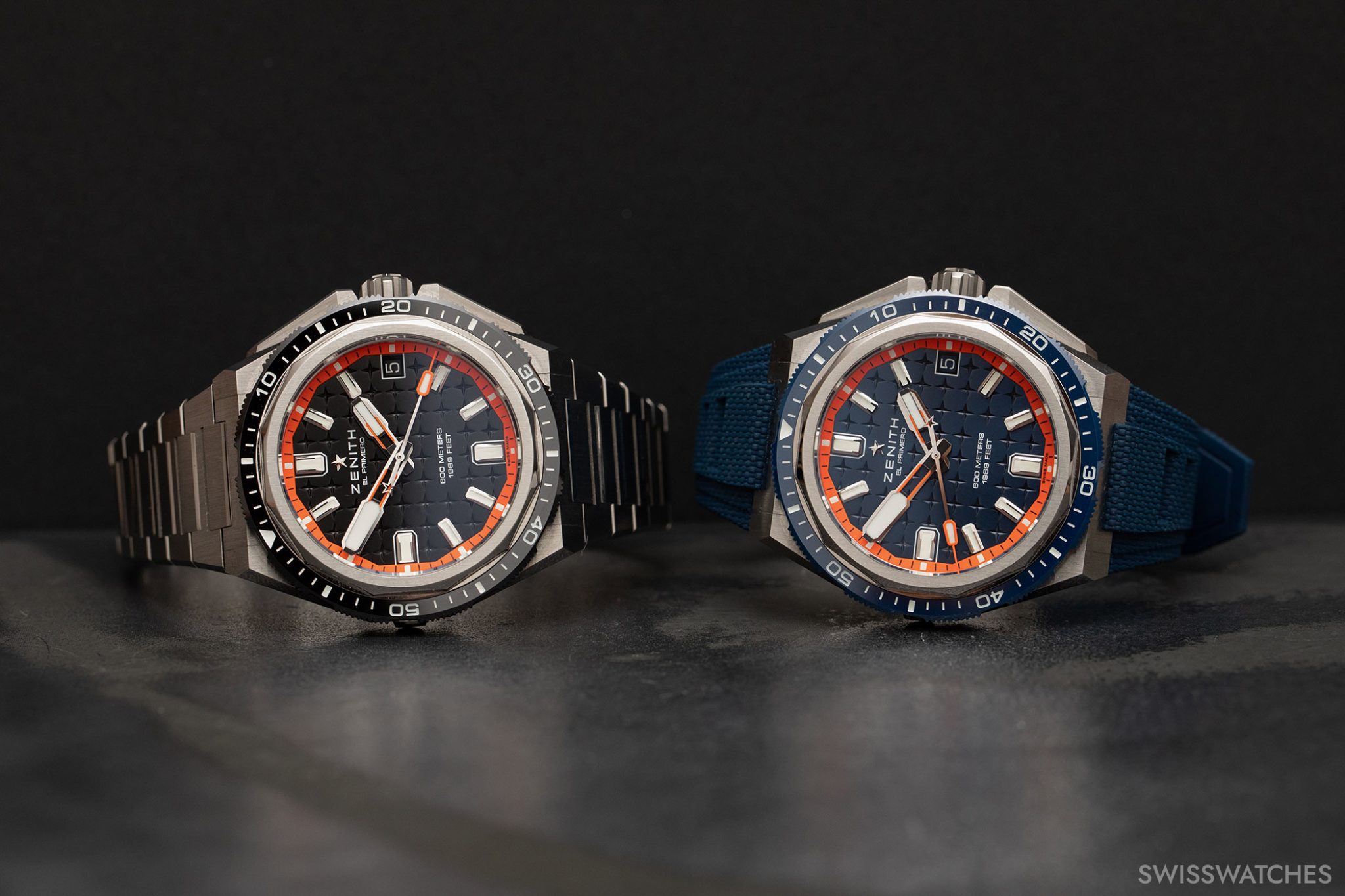

Defy Time Safe and Defy Plongeur – The first diver’s watches from Zenith
Last year, the brand’s pilot’s watch line was relaunched. By contrast, this year sees the revival of diving watches. If you know the history behind it, it is almost surprising that the diver’s watch in the Defy line is only now celebrating a comeback, given that the first Defy from 1969 with the imaginative name ‘Time Safe’ was a diver’s watch. However, the Time Safe was ‘only’ water-resistant to 300 metres and had no diver’s bezel – whereas the Defy Diver (in French plongeur) reference A3648 was water-resistant to 600 metres and had a diver’s bezel. It was launched just a few months after the Time Safe and served as a source of inspiration for Zenith’s new diver’s watches.
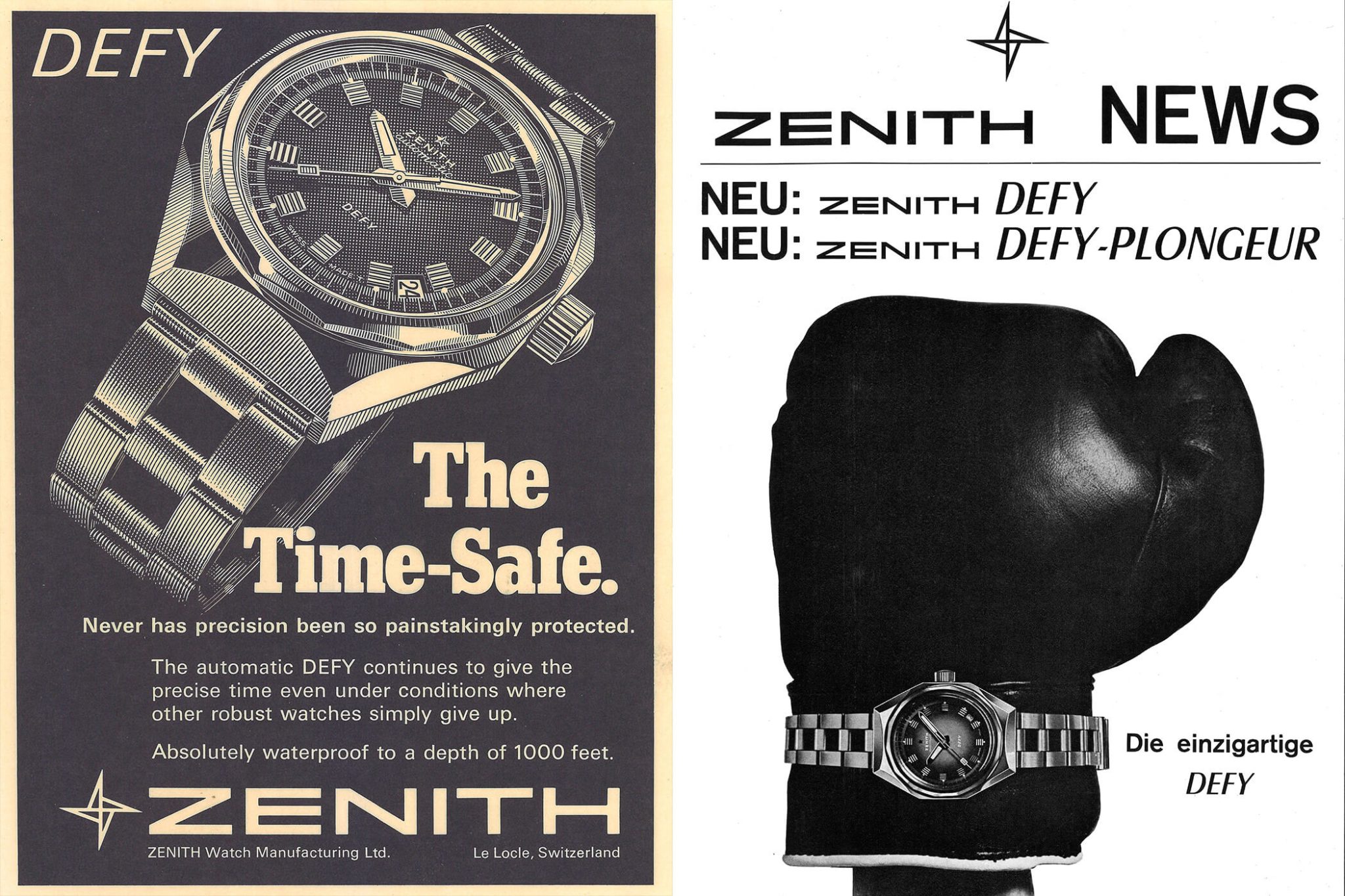
Precision in all areas
‘With the launch of the Defy Diver in 1969, Zenith wanted to show that its legendary precision, for which it was honoured in so many chronometer competitions, not only proved itself on land and in the air (as with the Pilot line), but also under water,’ says Laurence Bodenmann. To ensure water resistance up to 600 metres, the Defy Diver was equipped with double seals and the case construction was screwed so tightly that special tools were required to open it. However, the watch was not only water-resistant; it also had to be as shock-resistant as possible. The designers at Zenith came up with a sophisticated construction for this purpose. The movement was mounted on suspensions and the case was constructed in such a way that it was as unsusceptible as possible to damage in the event of impact or shock.
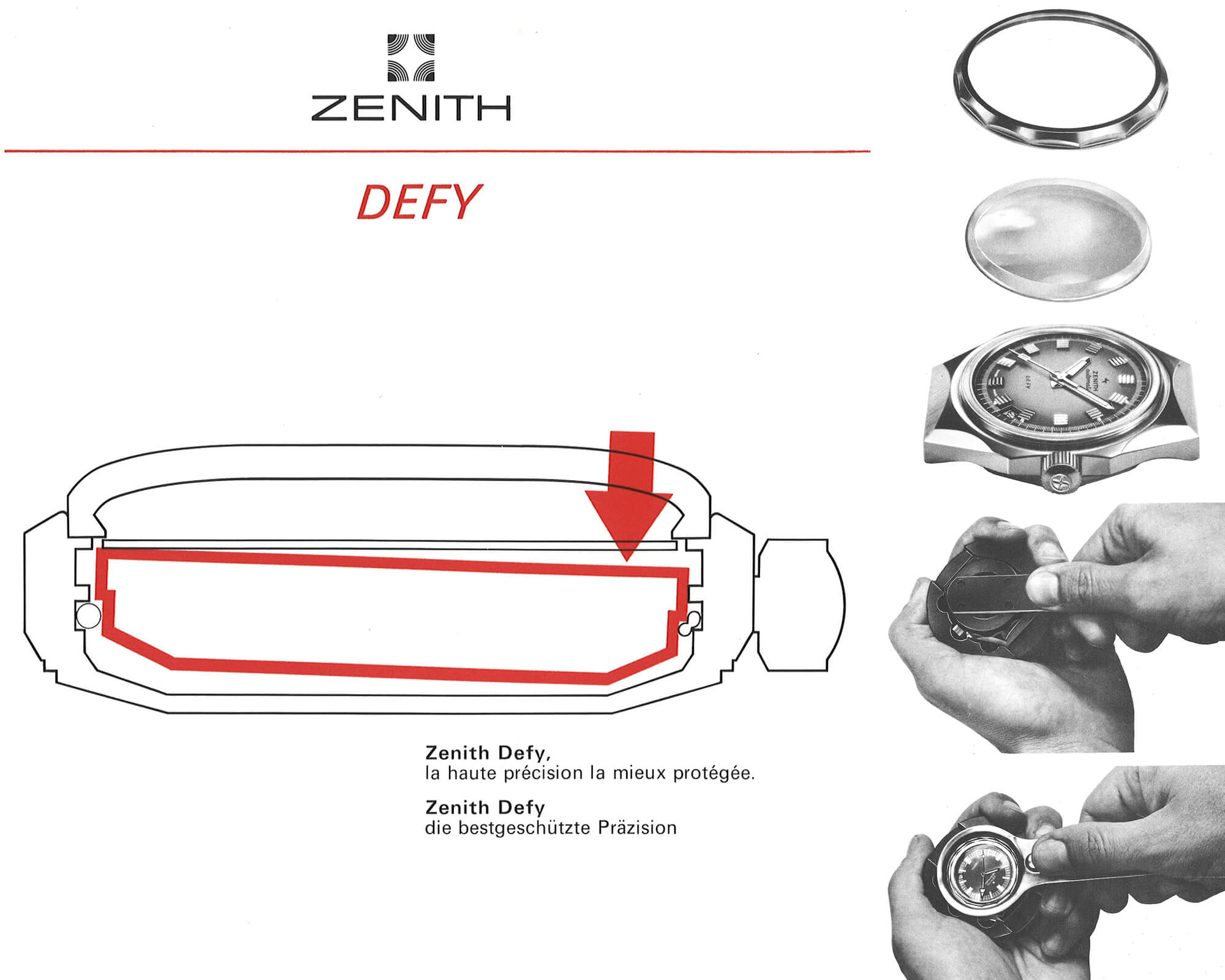
Let’s recap the facts: the Defy Time Safe had a water resistance of 300 metres, a crown at 3 o’clock, and no diver’s bezel. At that time, not all diving watches automatically had diving bezels – take the Rolex Oyster, for example, or the Tissot Seastar, which looked more like an elegant dress watch in the early years.
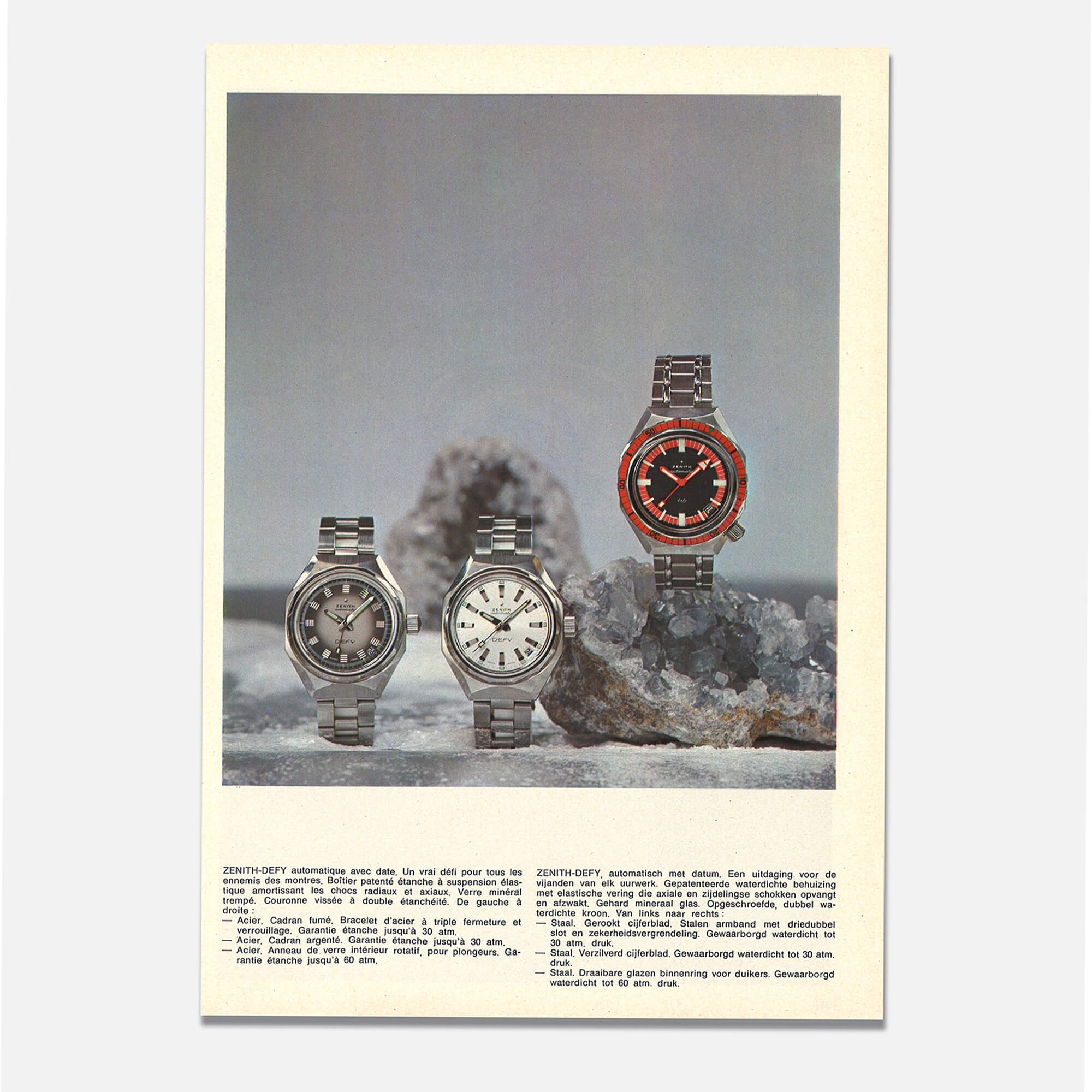
The Defy Diver A3648, on the other hand, was a genuine diver’s watch and had a water resistance of 600 metres, a bidirectional rotating bezel and a crown at 4:30 o’clock, presumably because the position of the crown at this position was intended to avoid interference with the sleeves of wetsuits. For comparison: most diver’s watches at this time had a maximum water resistance of 200 metres. Only special models such as the Rolex Sea-Dweller from 1967 reached 610 metres, or the first Ploprof from Omega from 1971 also reached 600 metres. As for Zenith: with the Plongeur 1000, they also had a special model with 1,000 metres of water resistance up their sleeves (or rather under their sleeves).
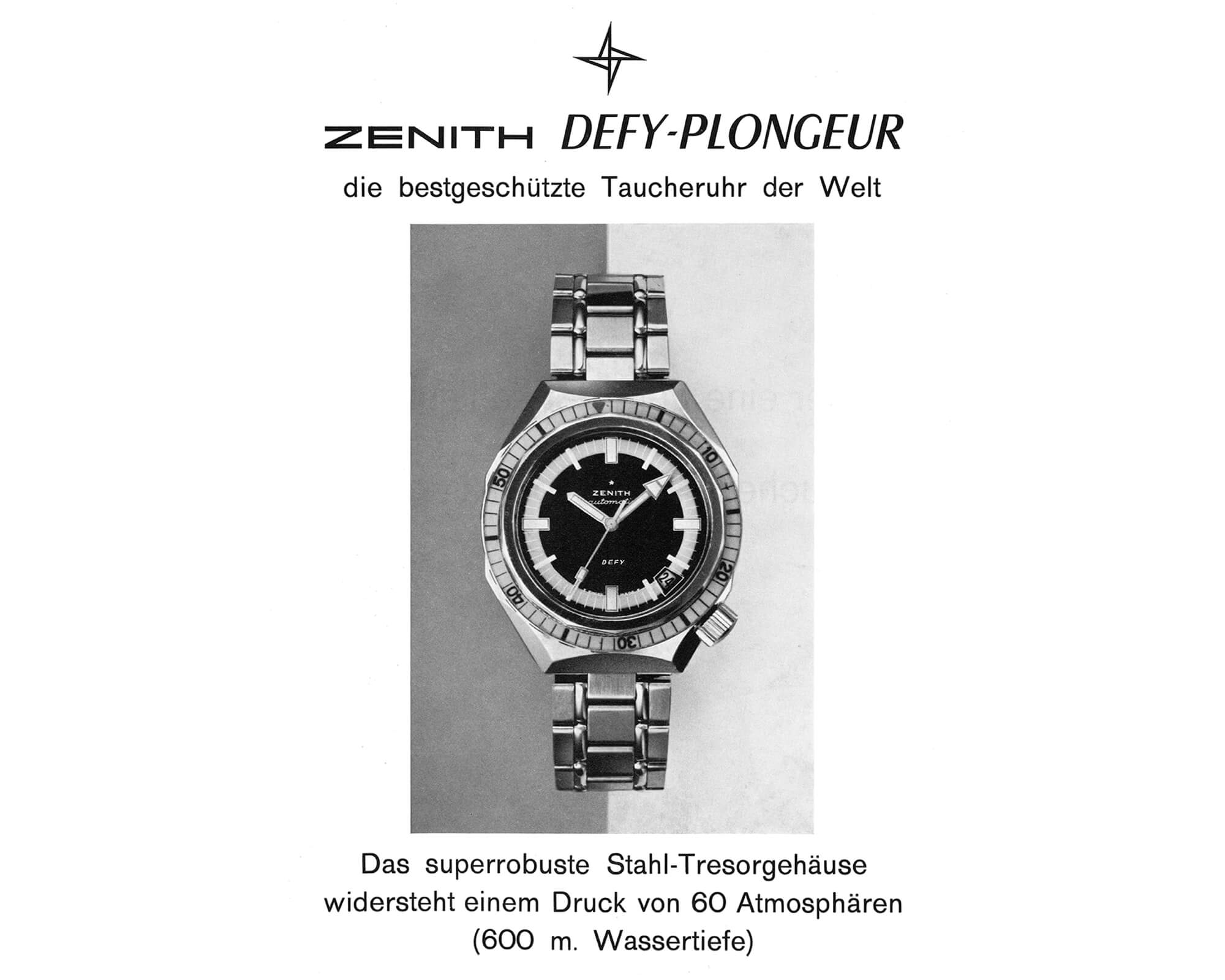
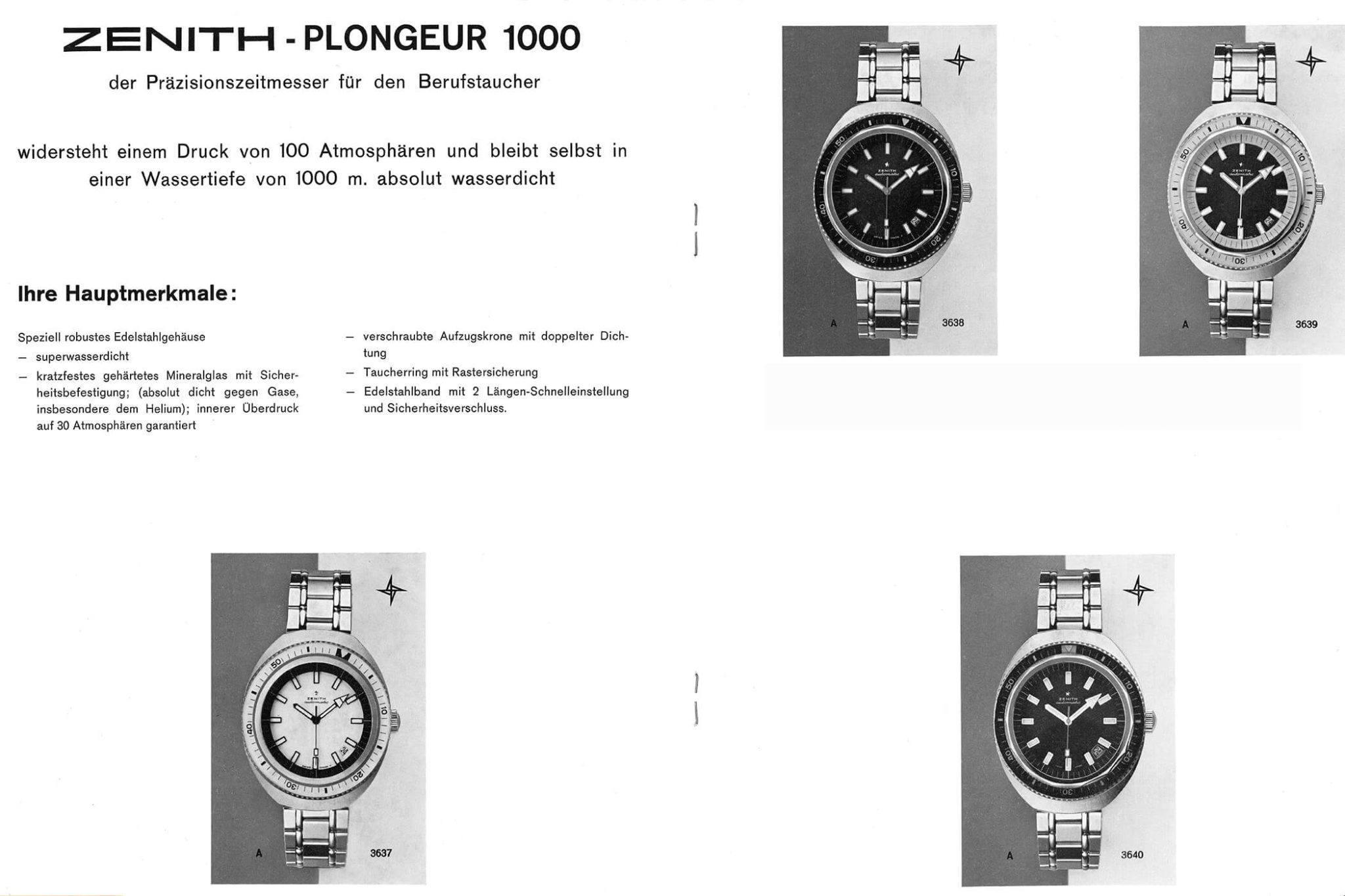
As the ISO 6425 standard for diving watches was only introduced in 1982, diving watches could not yet be officially certified at that time. However, the Defy Diver probably already met all but one of the requirements that the 1982 ISO 6425 standard later demanded. Only the diver’s bezel would have failed – according to ISO 6425, it should not rotate in both directions, to avoid the risk of accidental adjustment in the wrong direction.
Attracting attention with unconventional methods
Zenith thought of another way to demonstrate the water resistance and robustness of the Defy Diver. On 8 September 1969, Zenith invited journalists and watch enthusiasts to Ostend in Belgium for the big ‘Defy Day’. Beforehand, Defy Diver watches were attached to a ferry that crossed the English Channel twice between Ostend and Dover. In front of curious onlookers, the watches were brought ashore on their return and thoroughly inspected. After spending several hours under water under pressure and temperature fluctuations and being exposed to salt water for a long period of time, the watches were still working perfectly and showed no signs of moisture or other damage.
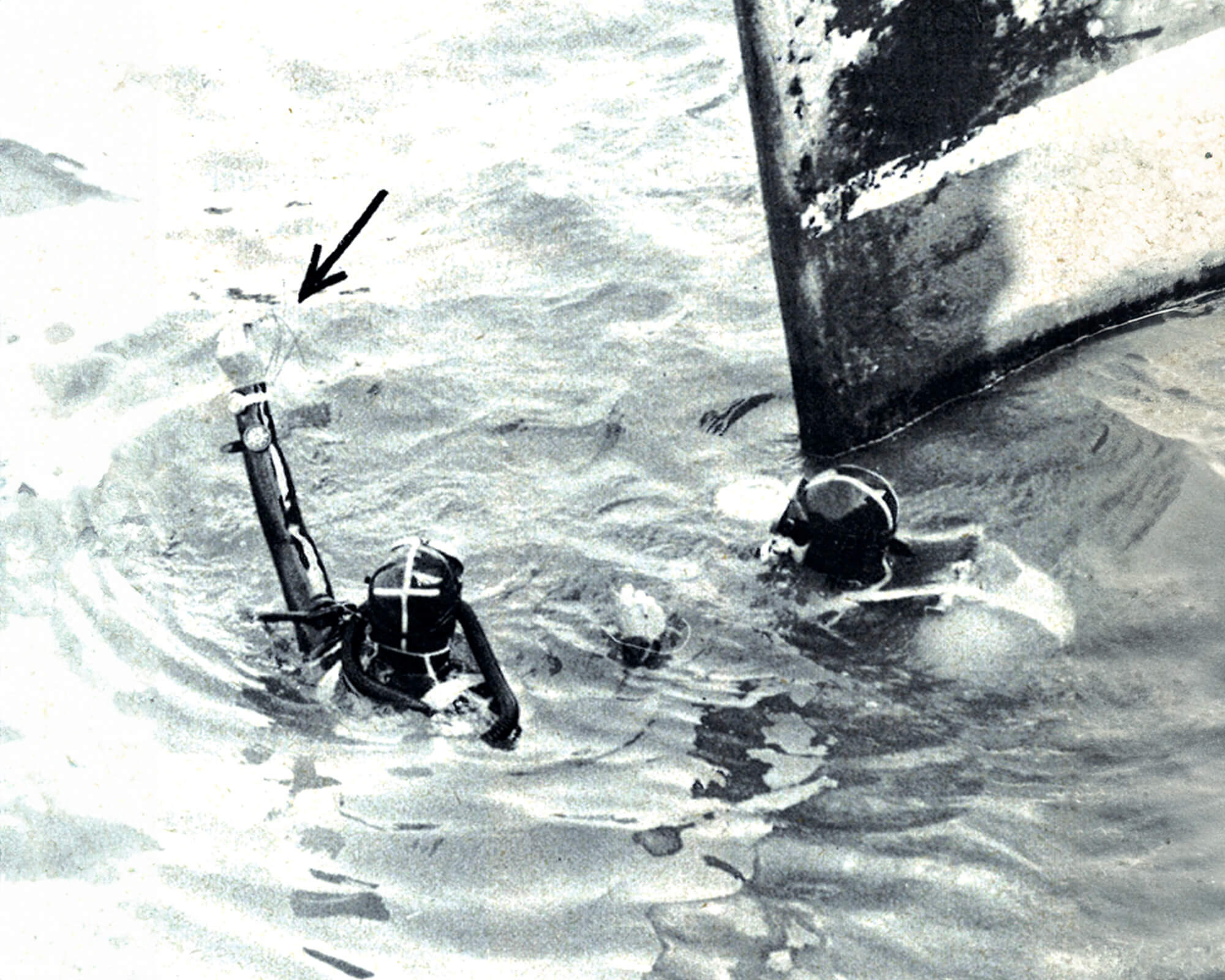
Founder Georges Favre-Jacot already knew that the name Defy would one day become a promise to customers when he patented the name ‘Defi’ in 1902. However, it was not until 1969 that the name was officially used on the brand’s wristwatches.
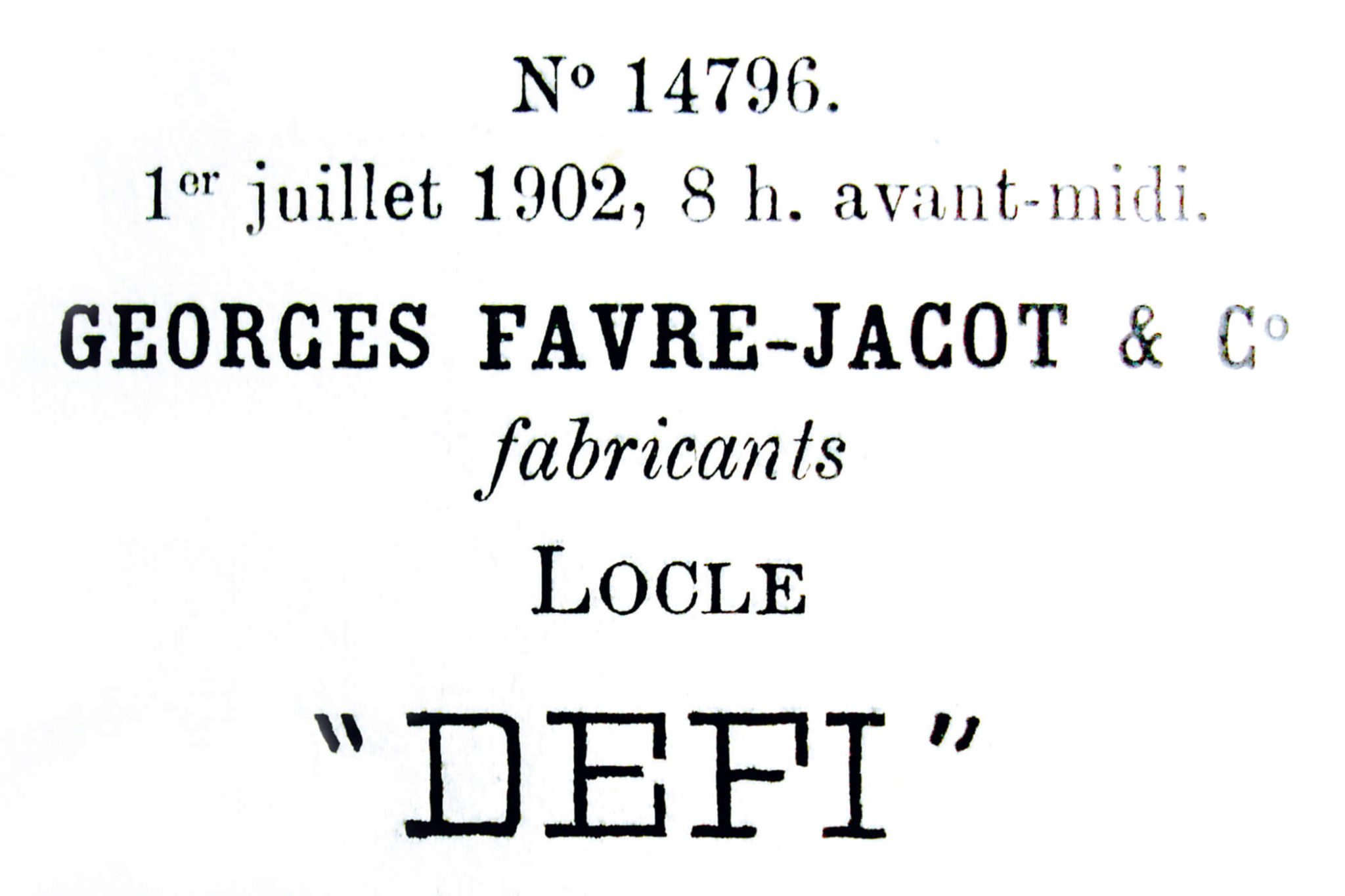
This was not the only time that Zenith demonstrated the robustness of its watches with unconventional methods, as Bodenmann tells us: ‘Back then, the Defy models were tested by throwing them out of the window.’ Even today, 54 years later, Bodenmann is still in regular contact with the former head of the assembly line, who enjoys telling anecdotes from days gone by. For example, members of the management regularly visited the workshops with journalists and VIP customers and threw Defy watches that had already passed the final inspection out of the window to demonstrate that the watches were of course scratched – or had been dented by the impact – but still worked perfectly.
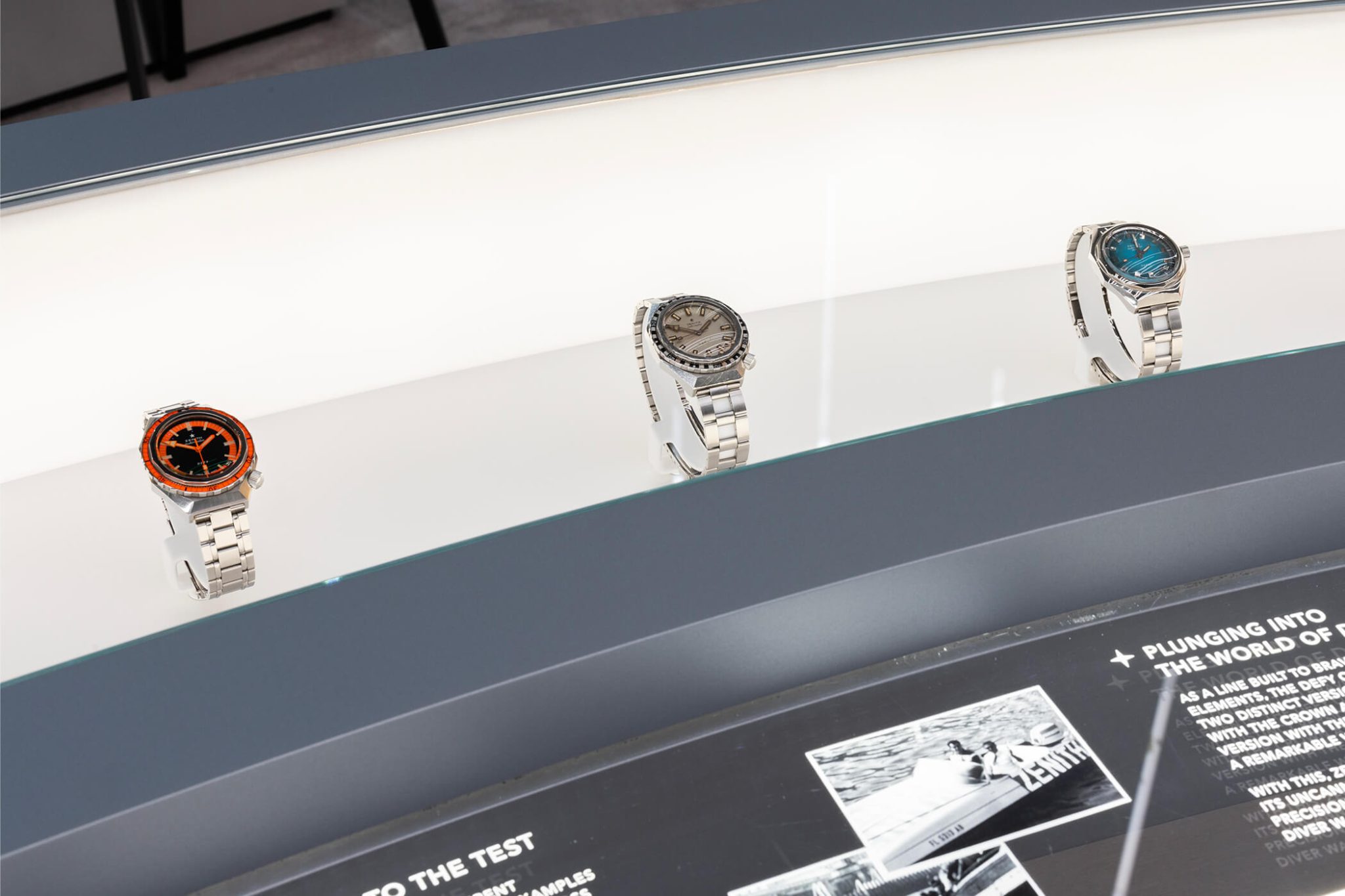
The Defy Diver was launched in 1969 in various versions. In addition to the A3648 with its eye-catching orange-coloured accents on the dial, hands and bezel, the A3646 (black dial) and A3650 (silver-coloured dial) were released in a version with a so-called zebra or domino bezel, as it was scaled in black and white. The Zenith manufacture calibre 2552 PC was used, with automatic drive, date and a frequency of 21,600 A/h. No more than 1,000 of these first Defy Diver models were produced. With the references A3637, A3638, A3639 and A3640, the Zenith Plongeur 1000, as already mentioned, was another diver’s watch that was water-resistant to 1,000 metres. The Diver was later replaced by so-called Sub-Sea models.

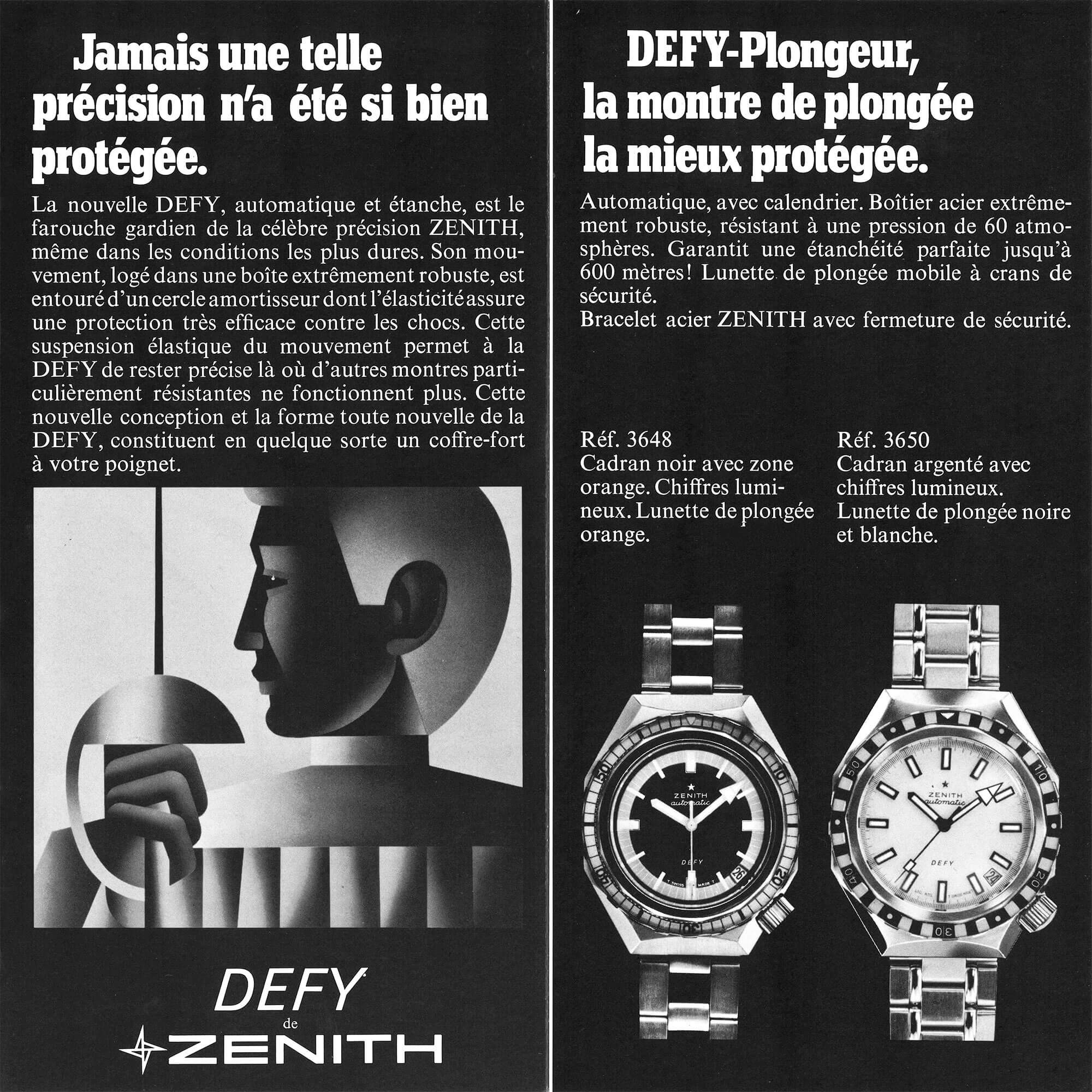
The new divers: Defy Extreme Diver & Defy Revival A3648
This year, the brand is celebrating the return of the Defy Diver with two models that are based on their historical predecessors but are officially certified for the first time in accordance with the ISO 6245 standard for diving watches. But that’s not all: they also fulfil the ISO 764 requirements for paramagnetism and ISO 1413 for shock resistance.
The new Defy Extreme Diver is the modern interpretation of the original Defy A3648 diver’s watch. Modern because its case, with its dodecagonal bezel and four-pointed stars on the dial, has more of the characteristics of the Defy line as we know it today. The modern version is also made of titanium and has a helium valve to release helium gas produced during decompression. Due to the ISO 6245 standard, the bezel on the new Defy Extreme Diver can only be rotated on one side. Nevertheless, with its orange-coloured accents and large hands and indices, it has unmistakably inherited the DNA of its predecessor.
Unlike the Defy Extreme Chronograph models with their 45 mm case diameter, the Defy Extreme Diver has a moderate case size of 42.5 mm. With a height of 15.5 mm, it is not exactly slim, but the titanium case and bracelet as well as the short lugs make it look less bulky on the wrist. Thanks to Super-Luminova X1, the hands, numerals and hour markers glow much brighter than in all other Defy models – in blue, green, and orange, which creates a beautiful spectacle of colour in the dark. The minute hand and the triangle on the bezel at 12 o’clock have been coated with blue luminous material to make it easier to find the remaining dive time underwater.
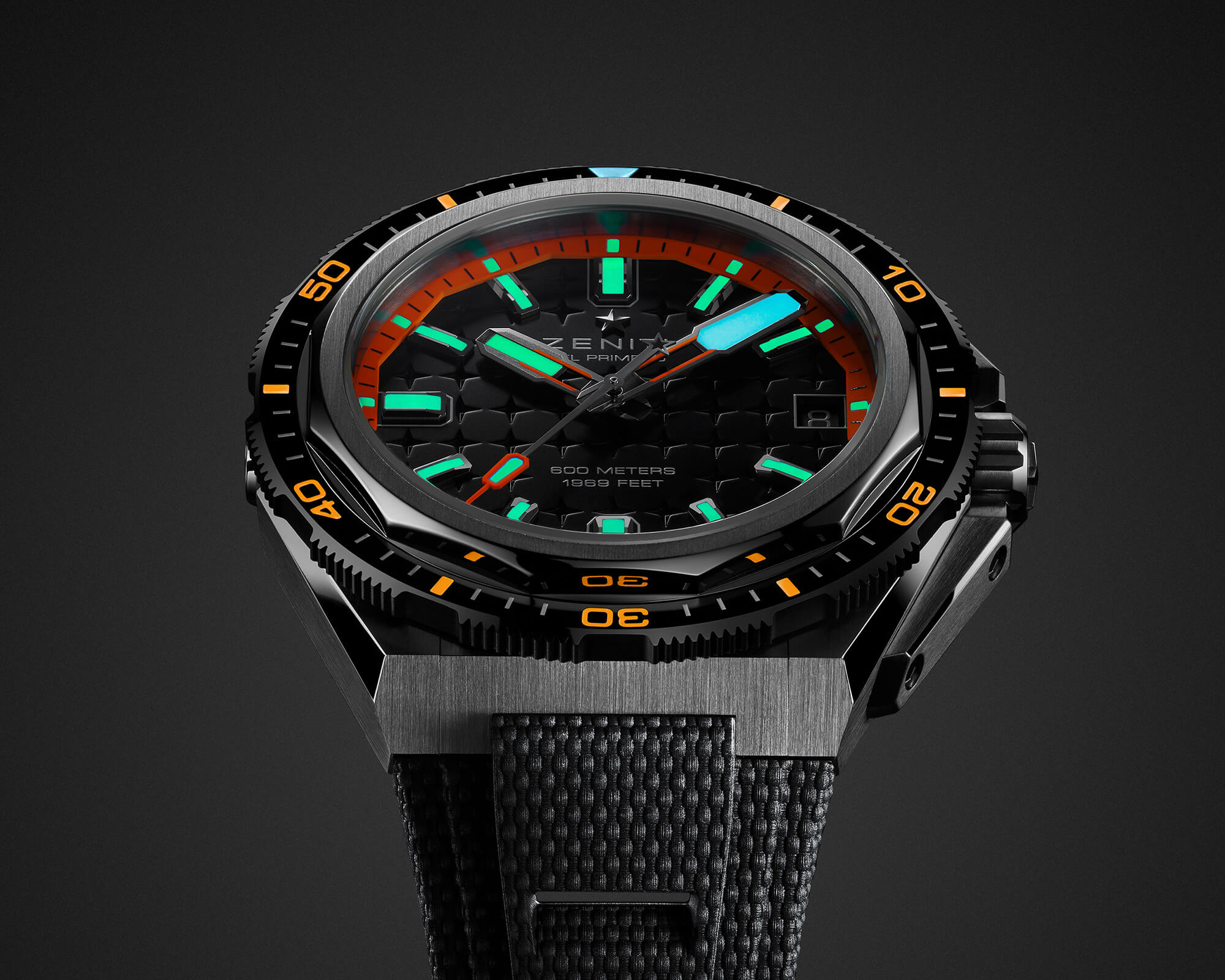
The new Defy Extreme Diver is powered by the El Primero 3620 SC manufacture calibre with a high frequency of 5 Hertz (36,000 A/h), which is based on the El Primero 3600, Zenith’s chronograph calibre. The El Primero 3620, which was first introduced in 2022, is ultimately the version without a stop function but with a 1/10th of a second display at 9 o’clock. The new El Primero 3620 SC, which is used in the new Defy Extreme Diver, displays hours, minutes, seconds and the date, without a 1/10th of a second display. A paramagnetic escapement was chosen for the new diver’s watch, which consists mainly of non-metallic silicon. The movement is visible through the open caseback – which is unusual but attractive for a diver’s watch – and offers a power reserve of 60 hours.
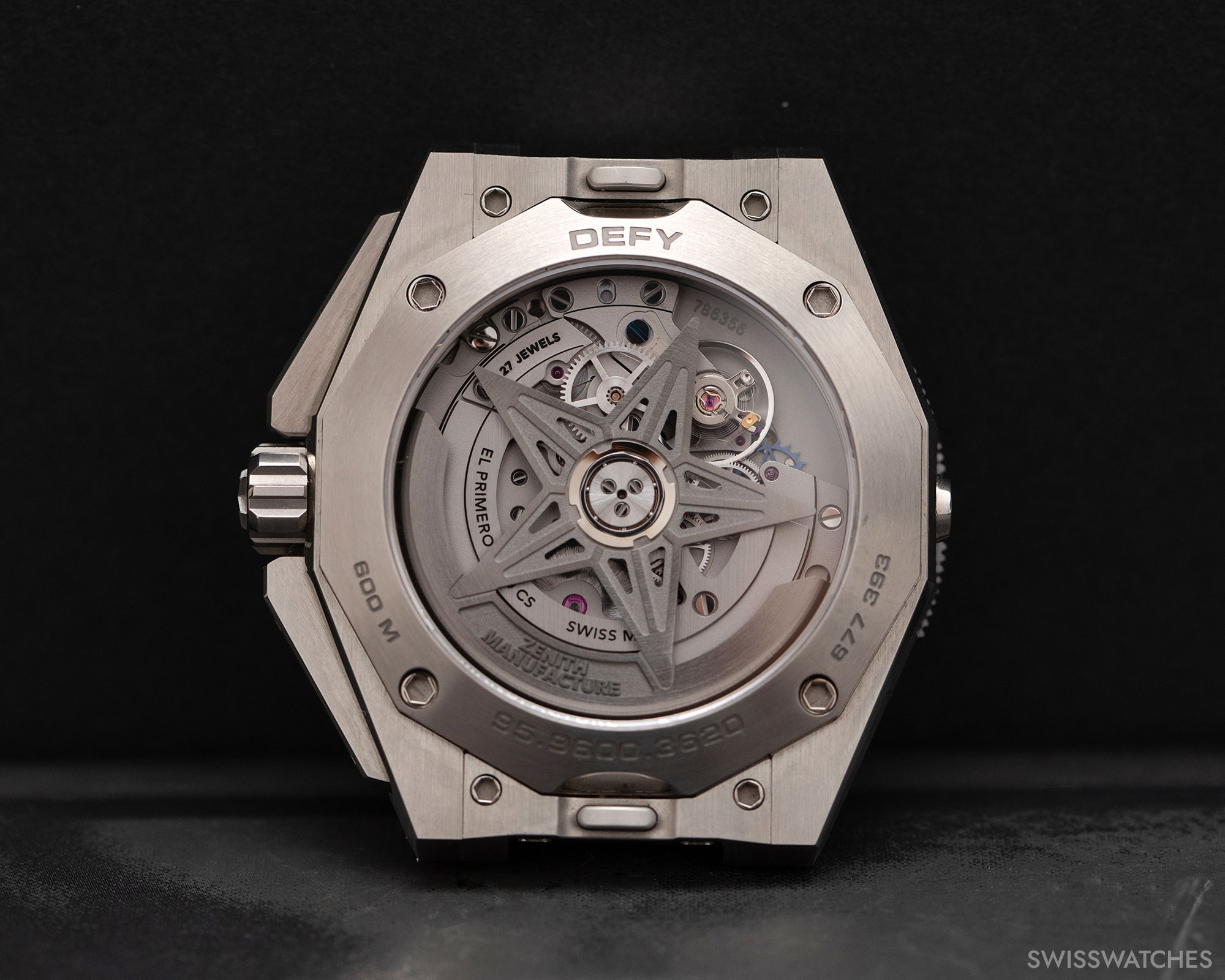
Three straps are included with the new Defy Extreme Diver, which can be easily exchanged independently using the quick-change system: a three-link titanium bracelet, a rubber strap, and a very well-made synthetic strap made from recycled fishing nets.
Defy Revival A3648
Since Zenith is now known for its revival models, there is also a retro version alongside the modern interpretation, which is inspired by the first Defy Diver A3648 and is modelled almost faithfully on the original. Like the original, the stainless-steel case measures 37 mm in diameter. However, at 15.5 mm, it is slightly higher, but the open caseback of this model also gives the wearer a clear view of the Elite 670 manufacture movement with a 50-hour power reserve.
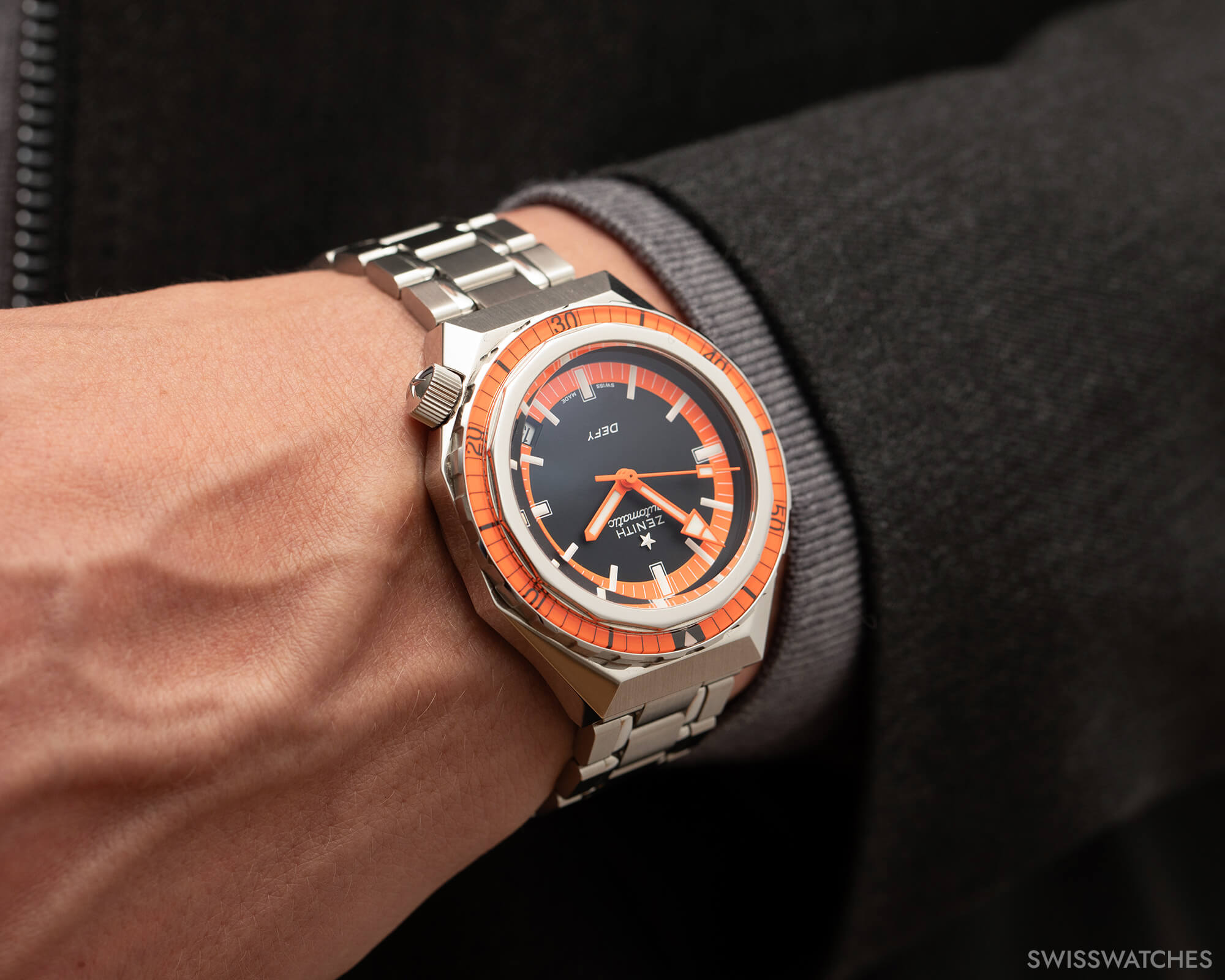
It’s nice to see that the case has also been modelled on the original as far as possible, with its unique angular design. The characteristic 14-sided stainless-steel bezel can be found on top of the round bezel. The rotating bezel has the same black markings on a bright orange background as the historic model, but on a sapphire crystal insert instead of Plexiglas. The five-link stainless steel bracelet (with diving extension) pays homage to the original bracelet, which was designed by none other than Gay Frères. Gay Frères has designed straps for all renowned watch manufacturers, from Patek Philippe and AP to Vacheron Constantin. Like the original, the date display is positioned between 4 and 5 o’clock. Of course, the Defy Revival A3648 is also water-resistant to 600 metres and certified to the ISO 6245 standard.
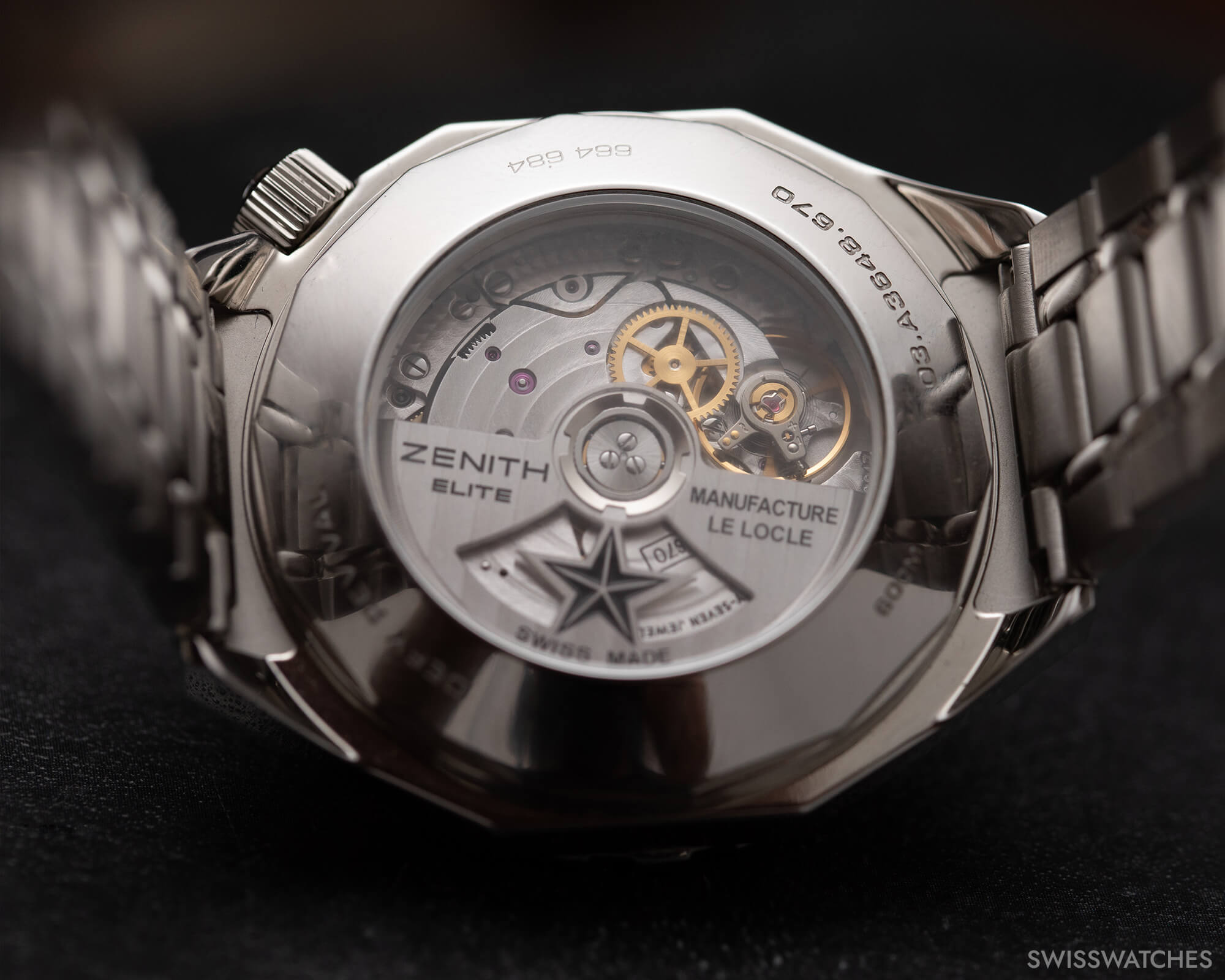
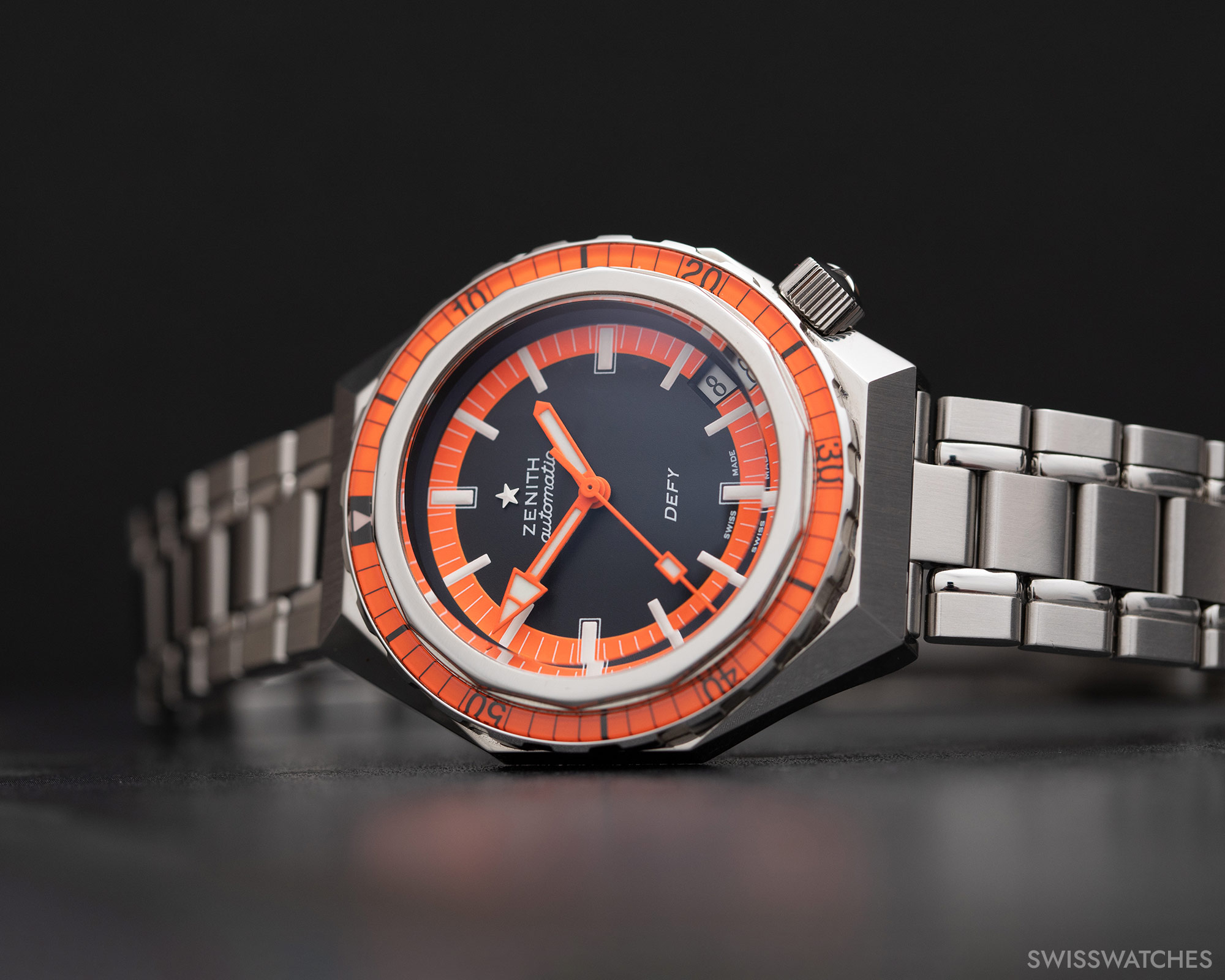
We hope that the new models will not have to undergo any unconventional measures to attract attention this time. With their historical background, they have earned their place and success. We are curious to see how the line will develop. Will the Time Safe perhaps return and grace the diving watch collection with an elegant counterpart? Or will Zenith continue to dive deeper and bring back the Plongeur 1000? As we now know, at least, Zenith’s diving watch line still harbours a great deal of potential.
